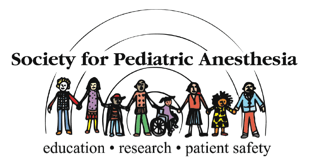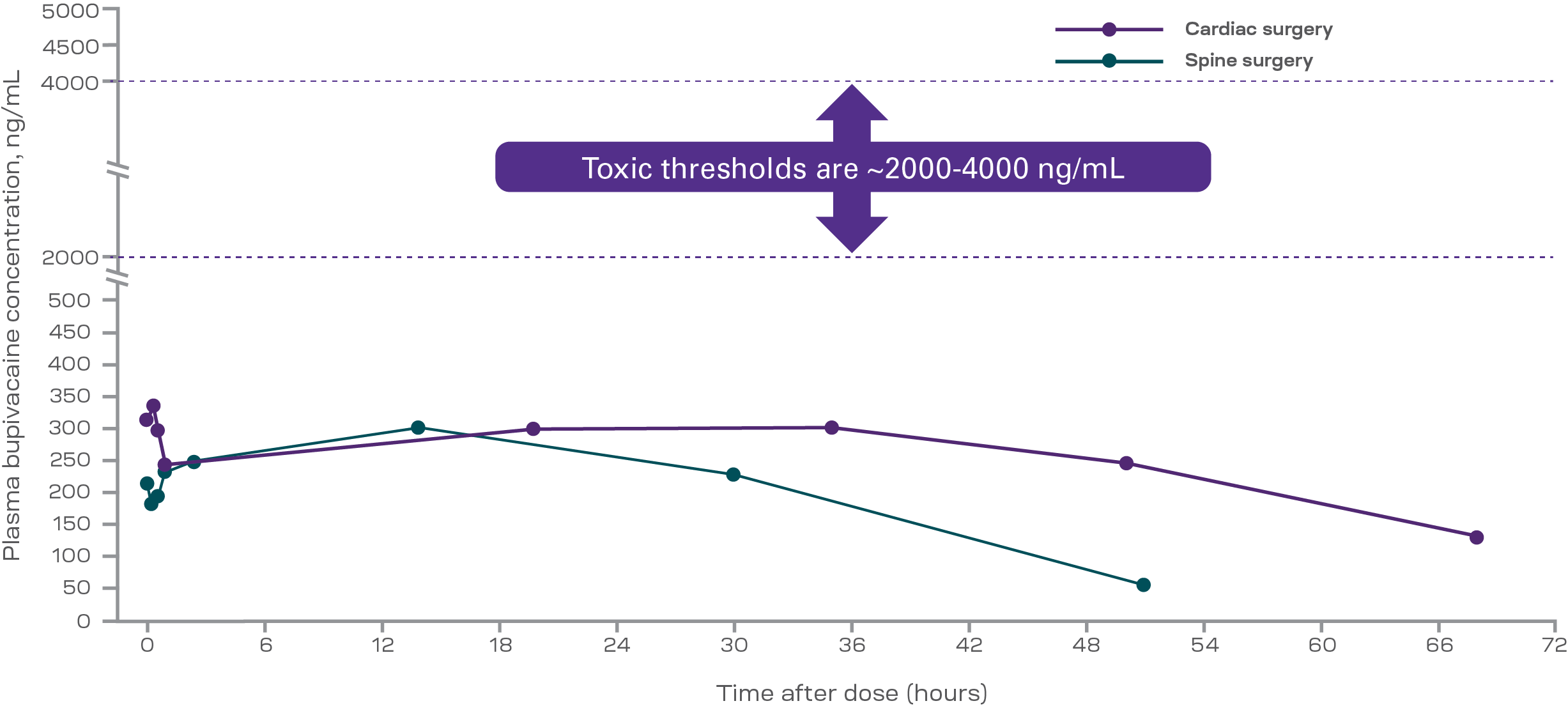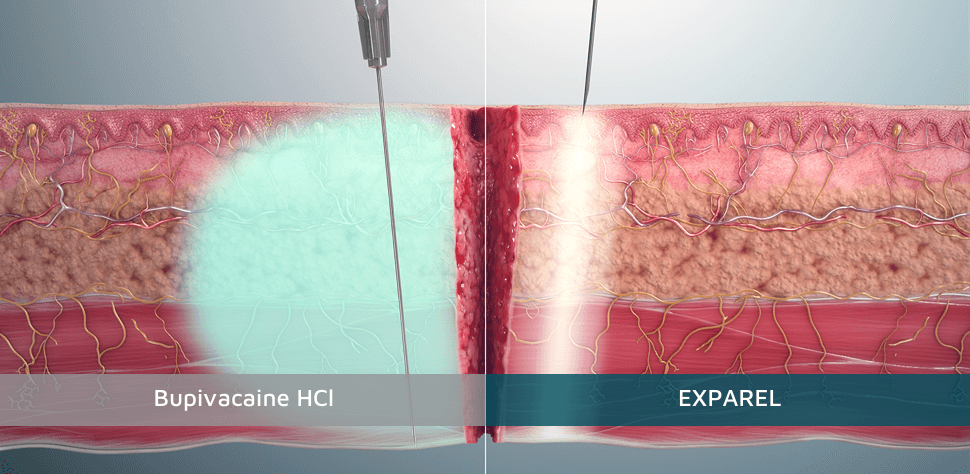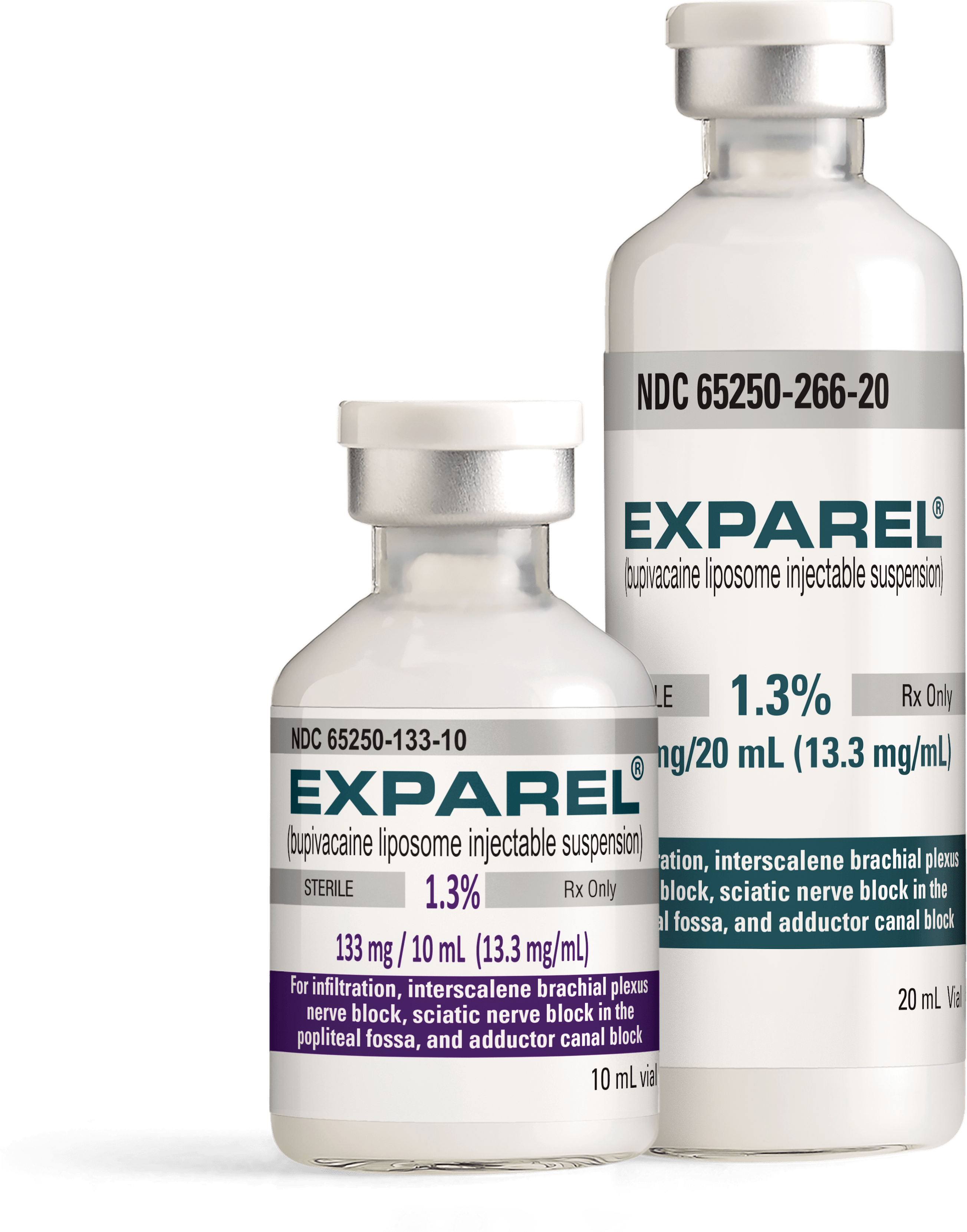The risks and complications of adult-based pain management approaches may be magnified in children3,4
Opioids, short-acting local anesthetics, and delivery devices are the mainstay despite safety implications and limited studies in children3
Even so...
50% of children report moderate to severe pain in the hospital after surgery5
~20% of children report chronic pain 12 months after surgery5
Opioids can be attributed to 50% of postsurgical respiratory failure events in children and may also hinder recovery, extend hospital stay, and negatively impact both patient and parent experience.4,6,7
Potential side effects and complications with current modalities
- Opioids3
- Device-based platforms (ie, pumps and catheters)
- Nausea/vomiting
- Accidental removal8
- Constipation
- Overdose9
- Urinary retention
- Leakage10
- Cognitive impairment
- Infection11
- Dependence
- Unpredictability or malfunction8-10
Medical societies recommend non-opioid analgesics and a multimodal approach to pain management for pediatric patients12
American Society of Anesthesiologists Task Force on Acute Pain Management13: “Analgesic therapy [for pediatric patients] should depend upon age, weight, and comorbidity, and unless contraindicated should involve a multimodal approach.”

Guidelines from the Society for Pediatric Anesthesia14: “…clinicians should use all methods possible to minimize the use of opioids… Use of nonopioid analgesia is encouraged including regional analgesia techniques…”
Expert panel* guidelines that include the American College of Surgeons Education Committee15: “…health care professionals caring for children who require surgery must recognize the risks of opioid misuse associated with prescription opioids, [and] nonopioid analgesic use should be optimized in the perioperative period…”
ERAS® (Enhanced Recovery After Surgery) protocols enable rapid recovery after surgery, improve clinical and economic outcomes, and remove the risks associated with opioids16
ERAS protocols are patient-centered, evidence-based multimodal pathways for perioperative care that include regional analgesia to help accelerate recovery and reduce12,16,17:
- Pain scores
- Postsurgical nausea and vomiting
- Opioid consumption
- Respiratory complications
*This guideline was developed by the American Pediatric Surgical Association Outcomes and Evidence-Based Practice Committee, in addition to a geographically diverse multidisciplinary team composed of leaders in pediatric opioid stewardship from academic and community hospitals and representatives from the American College of Surgeons (ACS) Education Committee, the American Academy of Pediatrics Section on Surgery, pediatric anesthesia, pediatric nursing, general surgery residency, pediatric surgery physician assistants, and addiction science.15
The PLAY study was designed to establish the safety and pharmacokinetics (PK) of EXPAREL in pediatric patients2
A multicenter, open-label, phase 3 trial with 2 parts including pediatric patients 6 to <17 years of age

Age Group 1 12 to <17 years old Spine surgery
Local infiltration
- EXPAREL 4 mg/kg* n=31
- n=16 with PK data
- Bupivacaine HCl 2 mg/kg† n=30
- n=15 with PK data
Blood samples collected from 0.25 to 60 hours after treatment

Age Group 2 6 to <12 years old Spine or cardiac surgery
Local infiltration
Spine
Cardiac
- EXPAREL 4 mg/kg* n=5
- n=2 with PK data
- EXPAREL 4 mg/kg* n=29
- n=21 with PK data
Blood samples collected 0.25 to 60 hours after treatment for spine surgery, 0.25 to 72 hours after treatment for cardiac surgery
Study End Points
Part 1: PK and safety
Part 2: Long-term safety
- AEs up to 30 days after surgery
- Neurologic assessments
- Clinical laboratory tests
- Vital signs
Part 1: PK and safety
Part 2: Long-term safety
- AEs up to 30 days after surgery
- Clinical laboratory tests
- Neurologic assessments
- Vital signs
Baseline characteristics were generally comparable among groups.
*Maximum total dose of 266 mg.
†Maximum total dose of 175 mg.
The safety of EXPAREL was comparable to bupivacaine and consistent across treatment groups
EXPAREL was well tolerated for all age groups, with TEAEs being mild or moderate and no discontinuations18
Overview of TEAEs With EXPAREL Greater Than or Equal to 10%
| Patients aged 6 to <17 years old | Patients aged 6 to <12 years old | |
| Spine surgery EXPAREL 4 mg/kg; n=36 (%) | Cardiac surgery EXPAREL 4 mg/kg; n=29 (%) | |
| Vision blurred | 7 (19.4) | 1 (3.4) |
| Constipation | 9 (25) | 4 (13.8) |
| Nausea | 11 (30.6) | 2 (6.9) |
| Hypoesthesia oral | 4 (11.1) | 0 |
| Vomiting | 10 (27.8) | 4 (13.8) |
| Anemia postoperative | 5 (13.9) | 0 |
| Muscle spasms | 4 (11.1) | 0 |
| Hypotension | 4 (11.1) | 0 |
TEAE, treatment-emergent adverse event.
There is not enough evidence to determine if the numbers associated with spine surgery in patients aged 12 to <17 years old are indicative of differences in the surgery types.
Demonstrated safety with PK profiles that were well below toxic thresholds and bupivacaine PK levels18
The PK profile of EXPAREL in pediatric patients was:
- Comparable across age groups
- Generally consistent with the EXPAREL PK profile in adults
Group 1 PK Plot of Mean Concentrations (ng/mL) Over Time With EXPAREL and Bupivacaine18

Group 2 PK Plot of Mean Concentrations (ng/mL) Over Time With EXPAREL18

Mean Cmax after EXPAREL administration in the spine surgery group combined was 353 ng/mL.
Mean Cmax after bupivacaine HCI administration in the spine surgery group was 488 ng/mL.18
Mean Cmax was 447 ng/mL after EXPAREL administration for cardiac surgery, with median time to Cmax occurring later vs the spine surgery group combined (23 hours vs 1.2 hours).
Cmax, maximum concentration.
The bupivacaine HCI data is for reference purposes only and does not reflect an active comparator in the study.
EXPAREL is a long-lasting analgesic proven to manage postsurgical pain and reduce opioid use
EXPAREL delivers long-acting pain control and offers versatility of administration without the use of pumps or catheters
Surgical site infiltration (for local analgesia) To produce local analgesia across surgical procedures.
Fascial plane infiltration (for regional analgesia) To produce regional analgesia using regional techniques such as TAP, ESP, and QL.
TAP, transversus abdominis plane; ESP, erector spinae plane; QL, quadratus lumborum.
DESIGNED to deliver controlled levels of bupivacaine20
ENCAPSULATESbupivacaine in a suspension of multivesicular liposomes

COMPOSED of naturally occurring, biocompatible lipids21-23
RELEASES bupivacaine over time20
The efficacy of EXPAREL has been established in adult populations
Learn more
EXPAREL is administered differently than bupivacaine HCl, allowing for precise delivery of analgesia
Dosing for EXPAREL in pediatrics is weight based: 4 mg/kg weight. Dosing cannot exceed one 20 mL vial or 266 mg.
EXPAREL may also be expanded with normal (0.9%) saline or lactated Ringer's solution.
- Maintain a minimum concentration 0.89 mg/mL

Bupivacaine is an aqueous solution.
- Readily diffuses into surrounding tissue throughout the site
- Requires fewer injections for adequate pain-receptor coverage
EXPAREL is a suspension composed of multivesicular liposomes that carry bupivacaine.
- Stays precisely where placed; does not readily diffuse into surrounding tissue
- Requires more injections to ensure adequate pain-receptor coverage




